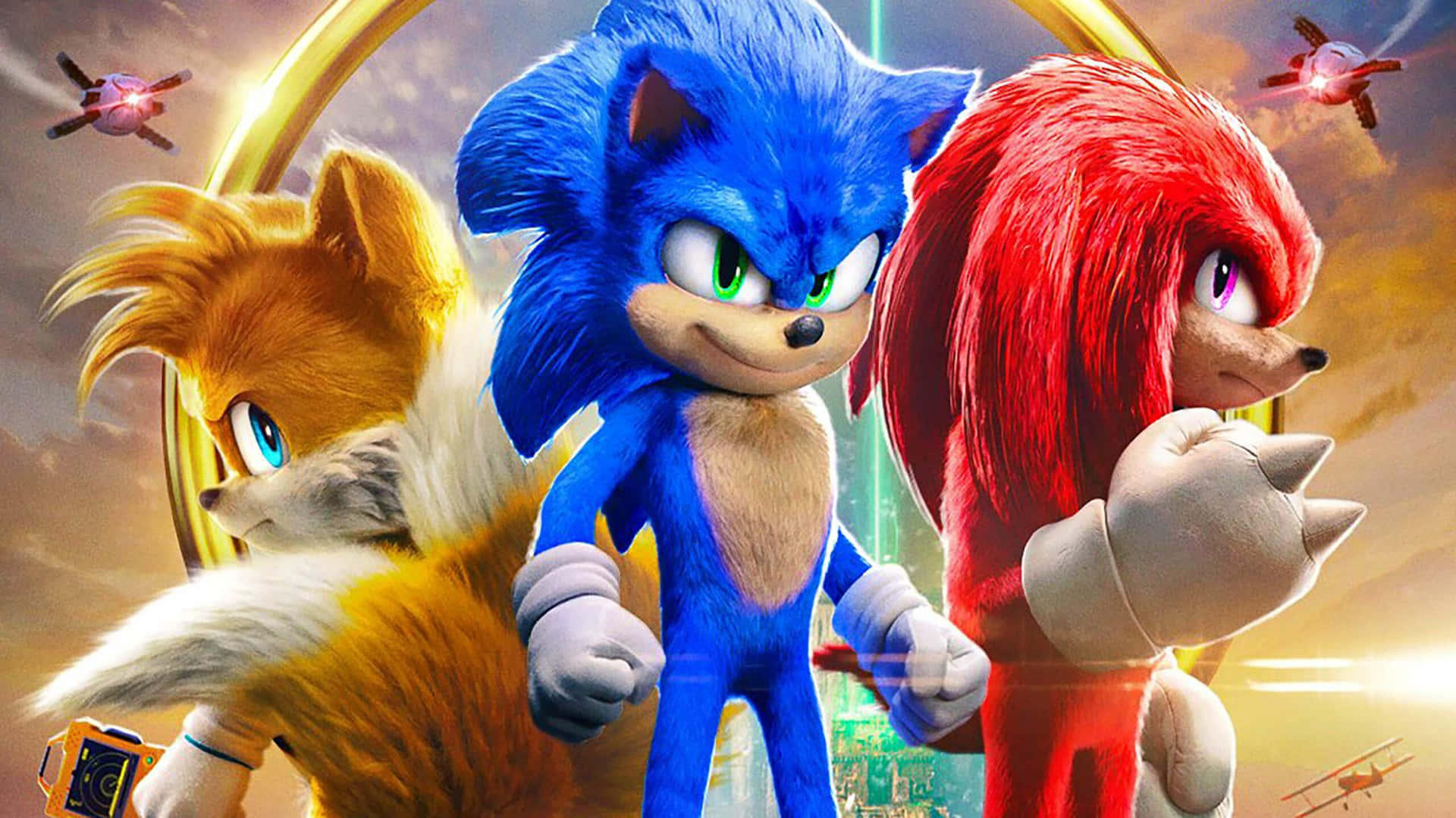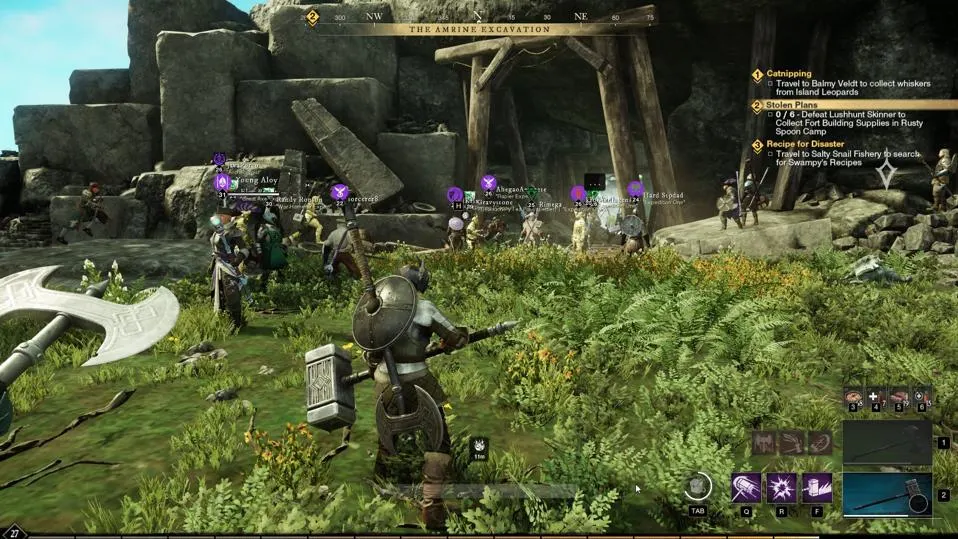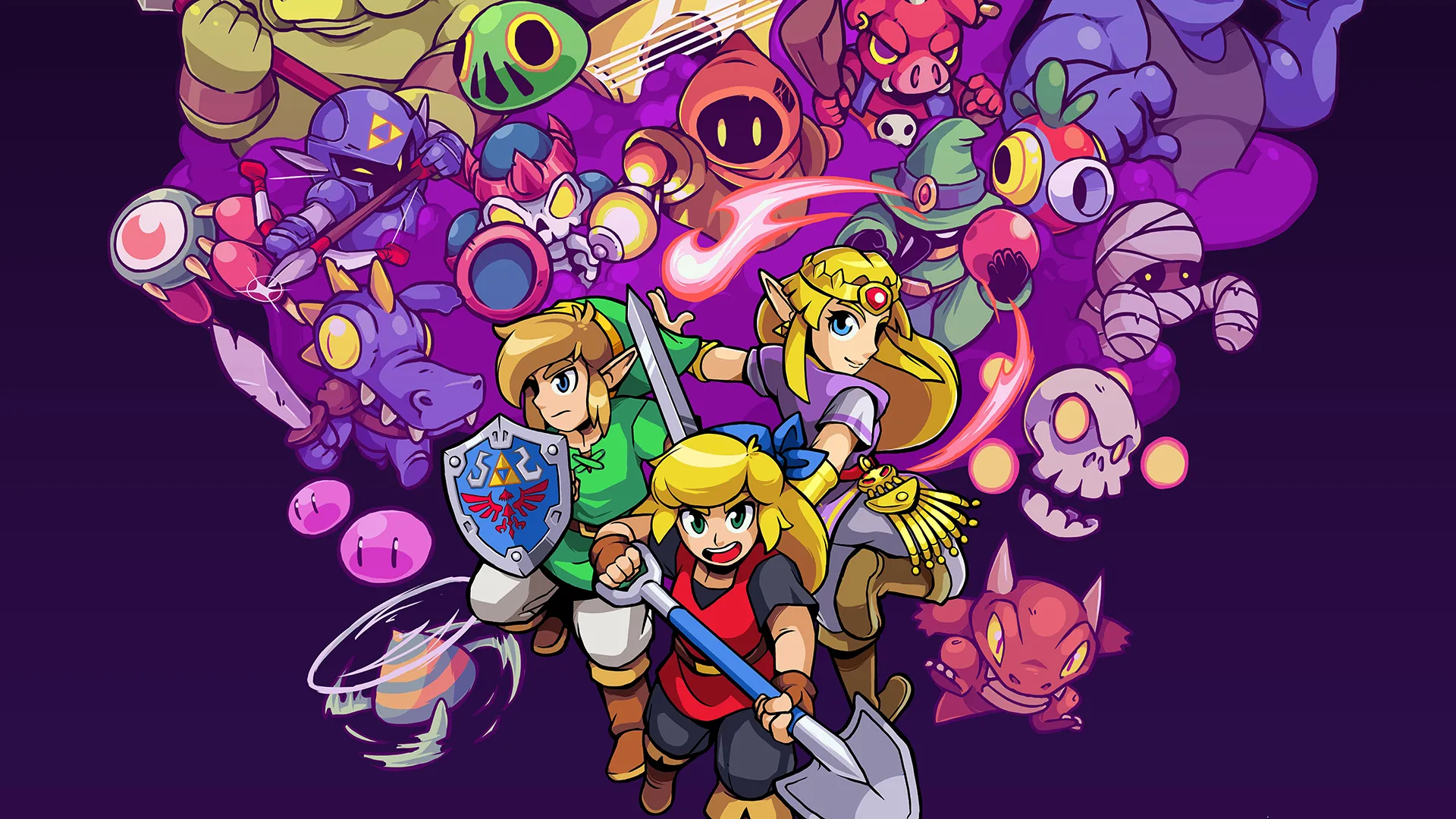Introduction to Sonic the Hedgehog
Sonic the Hedgehog, Sega’s flagship character, has been a significant figure in video gaming since his debut in 1991. With his trademark blue spiky hair and lightning-fast speed, Sonic quickly became a cultural icon, rivaling Nintendo’s Mario. This article delves into Sonic’s origins, his evolution over the years, the impact of his games, and provides a comprehensive review of his legacy.
The Origins of Sonic the Hedgehog
The Creation of Sonic: A New Icon Emerges
Sonic the Hedgehog was created by Sega to compete with Nintendo’s Super Mario franchise. The character’s initial design, developed by artist Naoto Ohshima, featured a blue hedgehog with red shoes and a cocky attitude. The design was intended to represent speed and dynamism, distinguishing Sonic from other game characters of the time. Yuji Naka, the lead programmer, and Hirokazu Yasuhara, a designer, were instrumental in shaping Sonic’s gameplay and personality.
The Launch of Sonic the Hedgehog in 1991
Released on June 23, 1991, Sonic the Hedgehog for the Sega Genesis marked a significant moment in gaming history. The game was designed to showcase the capabilities of the Genesis console, particularly its ability to handle fast-paced, side-scrolling gameplay. Sonic’s debut was a commercial success, selling over 24 million copies worldwide and establishing him as a major competitor to Nintendo’s Mario.
The Gameplay Mechanics of Sonic the Hedgehog
Core Gameplay Features
Sonic the Hedgehog is known for its high-speed platforming gameplay. The core mechanics involve running through levels at breakneck speeds, collecting rings, and defeating enemies. The game introduced several key features that became staples of the series:
- Spin Dash: Sonic’s signature move, allowing him to charge and release a powerful dash attack.
- Rings as Health: Collecting rings provides protection; losing all rings results in Sonic losing a life.
- Boss Battles: Each zone ends with a boss battle against Dr. Robotnik (Eggman), adding a layer of challenge.
Evolution of Gameplay in Sonic Sequels
Following the success of the original game, Sonic the Hedgehog’s gameplay evolved through various sequels:
- Sonic the Hedgehog 2 (1992): Introduced the Spin Dash move and Sonic’s sidekick, Tails. The game also featured a two-player mode and improved graphics.
- Sonic the Hedgehog 3 (1994): Added new gameplay mechanics such as elemental shields and a save feature. It was developed alongside Sonic & Knuckles, which allowed players to combine the two games for enhanced gameplay.
Sonic the Hedgehog’s Impact on Gaming Culture
Sonic as a Cultural Icon
Sonic the Hedgehog became more than just a video game character; he became a cultural icon. His distinctive look and personality helped Sega establish a strong brand identity. Sonic’s popularity led to numerous spin-offs, including:
- Television Shows: Sonic appeared in various animated series, such as “Sonic the Hedgehog” (1993) and “Sonic X” (2003).
- Comics: Sonic featured in comic series published by Archie Comics and IDW Publishing, expanding his reach beyond video games.
The Influence on Game Design
Sonic the Hedgehog’s emphasis on speed and fluid movement influenced the design of subsequent platformers. The character’s design and gameplay mechanics set new standards for action platformers, inspiring developers to innovate and push the boundaries of game design.
Reviews and Critical Reception of Sonic the Hedgehog
Reviews of Sonic the Hedgehog
Sonic the Hedgehog received critical acclaim upon its release. Reviewers praised its fast-paced gameplay, vibrant graphics, and engaging design. Key points from the reviews include:
- Graphics and Design: The game’s colorful, detailed graphics and smooth animations were highly praised. Sonic’s design and the level design contributed to a visually appealing experience.
- Gameplay: The high-speed platforming and innovative mechanics were lauded for providing a fresh and exciting gameplay experience. The Spin Dash move was particularly well-received.
Criticisms and Challenges
Despite the praise, Sonic the Hedgehog faced some criticisms:
- Difficulty: Some reviewers found the game challenging, particularly in later levels. The speed-based gameplay sometimes made it difficult to navigate complex levels.
- Repetitiveness: A few critics noted that the gameplay could become repetitive, especially in later stages of the game.
Evolution of Critical Reception Over Time
As the Sonic series evolved, critical reception varied based on the game’s design and execution. While earlier titles received high praise, some later entries faced criticism for various issues, including inconsistent quality and gameplay changes that did not resonate with fans.
The Legacy of Sonic the Hedgehog
Sonic’s Continued Popularity
Sonic the Hedgehog remains a popular character and a significant part of Sega’s gaming portfolio. The franchise has seen numerous entries across various platforms, including:
- Modern Games: Titles such as “Sonic Mania” (2017) and “Sonic Frontiers” (2022) aimed to recapture the magic of the original games while introducing new elements.
- Merchandise and Media: Sonic continues to appear in various forms of media, including merchandise, films, and TV shows, maintaining his status as a beloved character.
The Future of Sonic the Hedgehog
The future of Sonic the Hedgehog involves continuing to evolve while honoring the character’s legacy. Sega is committed to developing new games that appeal to both long-time fans and new players. Innovations in gameplay, storytelling, and technology are expected to shape Sonic’s future adventures.
Sonic the Hedgehog Game Official Trailer by Sega’s Iconic Mascot Review
Frequently Asked Questions (FAQ): About Sonic the Hedgehog
Q1: What is Sonic the Hedgehog?
A: Sonic the Hedgehog is a video game character created by Sega. He is known for his superhuman speed and his mission to thwart the evil plans of Dr. Robotnik (Eggman). Sonic made his debut in the 1991 game “Sonic the Hedgehog” for the Sega Genesis.
Q2: What are the main features of Sonic the Hedgehog games?
A: Key features of Sonic the Hedgehog games include high-speed platforming, collecting rings, and battling Dr. Robotnik. Notable mechanics include the Spin Dash, which allows Sonic to charge and perform a powerful attack, and various power-ups that enhance gameplay.
Q3: How has Sonic the Hedgehog evolved over the years?
A: Sonic the Hedgehog has evolved through various game titles and adaptations. Early games focused on fast-paced platforming, while later titles explored 3D gameplay and different genres. The franchise has expanded into TV shows, comics, and films, continuously adapting to new technologies and audience preferences.
Q4: What are some of the most popular Sonic the Hedgehog games?
A: Some of the most popular Sonic the Hedgehog games include:
- Sonic the Hedgehog (1991): The original game that introduced Sonic.
- Sonic the Hedgehog 2 (1992): Known for its introduction of the Spin Dash and co-op gameplay with Tails.
- Sonic the Hedgehog 3 (1994): Featuring new gameplay mechanics and a save feature.
- Sonic Mania (2017): A return to classic 2D gameplay with new levels and features.
Q5: What criticisms have Sonic the Hedgehog games faced?
A: Criticisms of Sonic the Hedgehog games have included difficulty spikes, repetitive gameplay, and issues with later 3D entries. Some games in the series have faced criticism for not meeting fan expectations or for diverging from the core gameplay elements that originally defined Sonic.
Q6: Is Sonic the Hedgehog still relevant today?
A: Yes, Sonic the Hedgehog remains relevant today. The franchise continues to produce new games, media, and merchandise. Recent titles like “Sonic Frontiers” and “Sonic Mania” have garnered attention, and Sonic’s presence in films and TV shows keeps him in the public eye.
Conclusion
Sonic the Hedgehog’s impact on gaming is undeniable. From his origins as a rival to Mario to his evolution into a multimedia icon, Sonic has shaped the video game landscape in significant ways. His blend of speed, attitude, and innovation has ensured his place in gaming history. As the franchise continues to grow and adapt, Sonic the Hedgehog remains a testament to Sega’s creativity and the enduring appeal of video game heroes.



